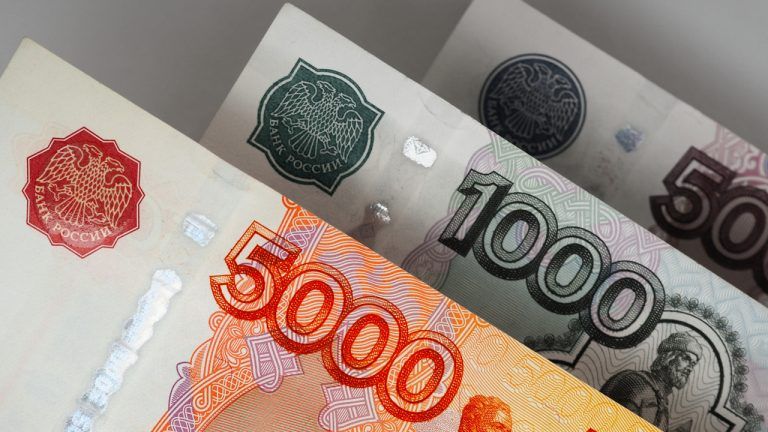
The bearish outlook surfaces as Bitcoin prices form a classic cup and handle pattern, now in the last stage of its maturity.
Popular cryptocurrency trader Keith Wareing warned Bitcoin (BTC) traders about a critical bearish scenario brewing in the market.
The trader spotted Bitcoin inside an inverse cup and handle pattern earlier this month, a bearish structure that forms during a price wave down, followed by a stabilizing period. The technical design typically leads the price to lower by as much as the size of the previous decline.
Bitcoin topped near $65,000 in mid-April before reversing to the downside in the sessions later. The cryptocurrency crashed to as low as $28,800 on June 22 after attempting to keep prices above $30,000 repeatedly. It successfully did so but fell short of extending its bullish reversal momentum after facing comparatively higher selling pressure in the $35,000-36,000 range.

The pattern's handle part appeared like it is nearing exhaustion, prompting Wareing to say that the Bitcoin price would fluctuate inside the structure for another 3-4 weeks. After that, the cryptocurrency would rally lower, insomuch that it could hit $24,000.
"If the handle breaks down, expect 24k -29k to be the new range [...] 3-4 more weeks of range-bound," Wareing wrote in an update on July 9.
Negative outlook throughout riskier assets
Bearish warnings for Bitcoin picked momentum in the recent weeks after global regulators increased their crackdown against the cryptocurrency sector. For example, in China, the central bank effectively banned all forms of crypto-related activities, including mining, one of the few surviving crypto industries following Beijing's restriction on cryptocurrency trading in 2018.
Meanwhile, Binance, the world's leading cryptocurrency exchange by volume, came under pressure from regulators in the United Kingdom, Thailand, Canada, Japan, and Cayman Islands, over its sprawling crypto operations.
The U.K.'s Financial Conduct Authority banned Binance from regulated financial activities last month. That prompted Barclays, Faster Payments, and Santander to block its banking customers from accessing Binance.
Bids for BTC/USD also went down alongside traditional markets on rising concerns about the global economy, primarily after days of sharp moves in sovereign bonds hinted at slower growth and inflation than previously anticipated.
“We are seeing an asset allocation change with people selling risky assets across the board and buying into the safer returns of government bonds,” noted Shaniel Ramjee, senior investment manager at Pictet Asset Management, after yields on the 10-year US Treasury note fell to as low as 1.276% on Thursday for the first time since February 2021.
Yields drop when bond prices rise.

Clem Chambers, chief executive of financial analysis service ADVFN.com, suggested that bulls should wait for a crash before dipping their toes in the Bitcoin market again, noting that the next best accumulation opportunities appear when the cryptocurrency dumps to $20,000.
Nevertheless, bulls remained hopeful that Bitcoin's growing recognition in the mainstream space, especially against the persistent fears of higher inflation, would take the cryptocurrency out of its bearish slumber.
"Bitcoin has been trapped for most of the last 3 weeks in a long and tight (8%) trading range $32,500-$35,000," said Ronnie Moas, the founder of Standpoint Research.
"I see 20% downside [on] China, GBTC lockup, or some other negative headline [but] 150% upside between now and the year-end on an exchange-traded fund approval, some other positive headline, [and] supply-side shock.
The views and opinions expressed here are solely those of the author and do not necessarily reflect the views of Cointelegraph.com. Every investment and trading move involves risk, you should conduct your own research when making a decision.





































